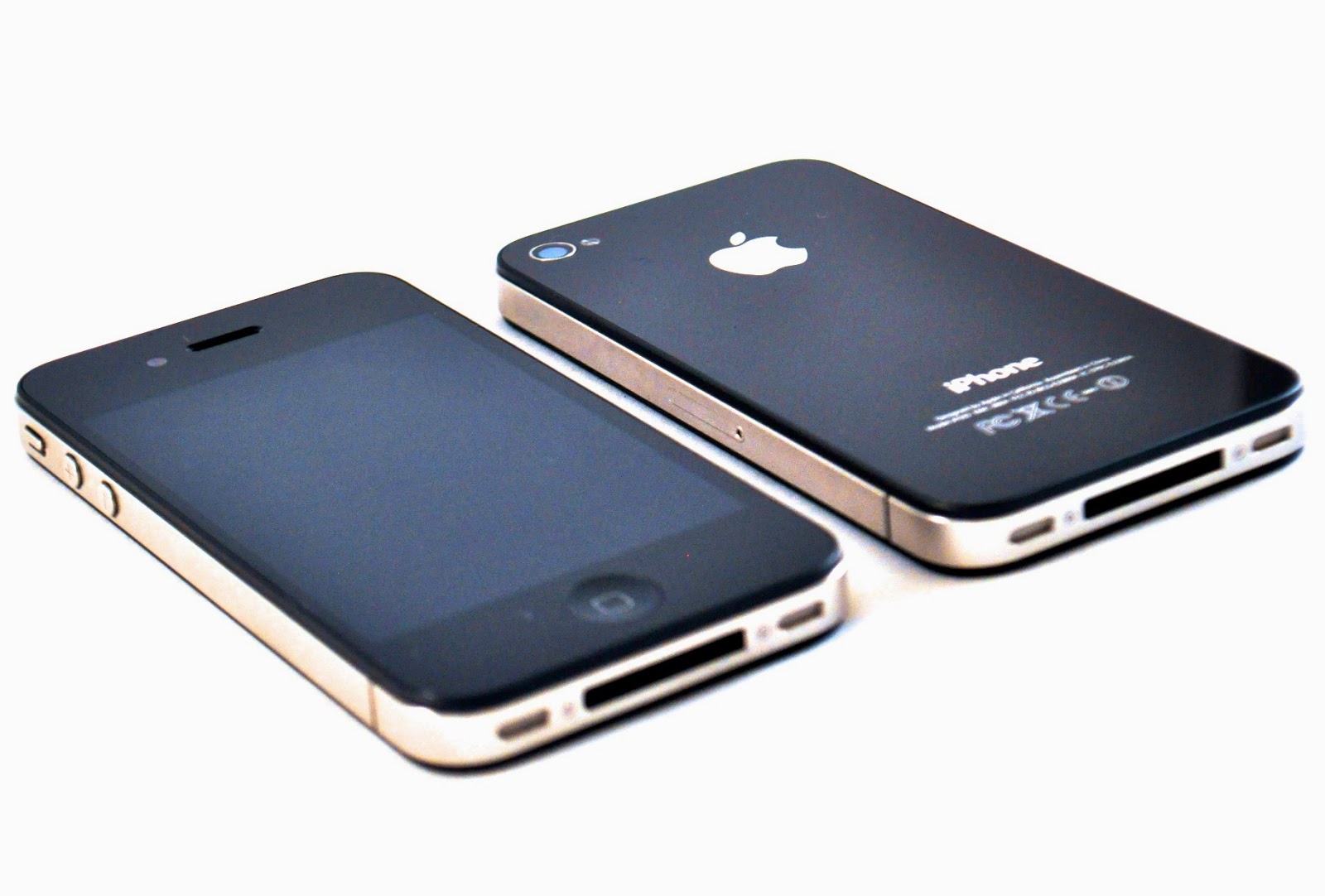 |
| Display resolutions (wikipedia.org) |
Let's rewind the clock to the time when smartphones were merely seeing the light of day, when I was merely in my first grade. Back then, smartphones displays were usually not having a resolution more than HVGA (480x320) on a tft display measuring not more than 3" diagonally.
Coming back to the present day, a world dominated with smartphones featuring 5' - 5'2 1080p displays of S-AMOLED, S-LCD, IPS technology, being very pixel dense at 400 - 440 ppi.
Coming back to the present day, a world dominated with smartphones featuring 5' - 5'2 1080p displays of S-AMOLED, S-LCD, IPS technology, being very pixel dense at 400 - 440 ppi.
 |
| Jobs introducing the iPhone 4 on June 24, 2010 at WWDC |
The pixel density race was introduced by Apple in 2010 with the introduction of the iPhone 4 with a 3.5' display with 960x640 pixels resulting in a pixel density of 326ppi. Steve Jobs said that a display with over 300ppi was the crispest image quality and you will not be able to see pixels. He called it the 'Retina Display' This was very impressive for it's time of release but other oems started to pull up their socks and began with the display resolution to a point where we have phones with QHD (2560x1440) displays!
 |
| The display of the Google Nexus 4 (720p/318ppi) compared to the display of the Google Nexus 5 (1080p/ 440ppi) |
 |
| I know this is pointless, but here are the displays of the Samsung Galaxy S4 (1080x1920) and Samsung Galaxy S2 (800x480) |
But do we need these many pixels on a display measuring just 5'. Some say no but then there are others who beg to differ. Let's take the example of the Moto X here, which is the most practical smartphone, period. It sports specification of flagships of mid-2012 but delvers a snappy everyday performance. It has a Snapdragon S4Pro and a Adreno 320 which handles a 720p S-AMOLED display. A resolution of 1280x720 will sound more than inferior when compared to the likes of 2560x1440 but you really cant see pixels because both these resolutions achieve more than 300ppi on ther displays, falling into Apple's Retina territory but its is a very less strain on the GPU and the battery.
 |
| The Oppo Find 7 processes 3686400 pixels 60 times every second! (Its got a QHD / 2K display) |
Picture this: your device processing 2073600 pixels 60 times every second (if you have a phone with a 1080p display). This will radically reduce gaming performance most importantly battery life.
 |
| iPhone 4: The game changer |
Devices mentioned / referred to in the editorial:
1. Oppo Find 7 (Phones with QHD display)
2. Vivo Xplay 3S (Phones with QHD display)
3. Samsung Galaxy S4 / S5 / Note3 (Phones with 1080p display)
5. HTC One M7/ M8 (Phones with 1080p display)
6. HTC Butterfly (s) (Phones with 1080p display)
7. LG G Pro/ G2 / G Pro 2 (Phones with 1080p display)
8. Other 1080p phones
 |
| This is the display of a mid 2009 phone. (My good ol' HTC Touch2) ;) Notice all the pixels visible to the naked eye. Image taken by my Galaxy Nexus |
 |
| The screen of my Galaxy Nexus (720p)... Image taken with Canon EOS 550D with macro lens EF. You can see pixels at this level of magnification only! |
What do you feel? Does the display resolution matter to you? Have you felt the difference between a 1080p and 720p screen? Leave them in the comments down below. If you liked my article, please leave me a like or a +1. Thanks
-Tushar Nayak

No comments:
Post a Comment